how this all works there are 4 main parts
1.vixen 3 the lighting sequencing software
2.raspberry pi loaded with falcon pi player
3. Arduino Nano with a ENC28J60 Ethernet Module (each Nano can control maximum of 240 pixels)
4. a load of 12mm WS2811 LED pixels
FYI everything here is using 5v not 12v
for all of you asking what is all this crap please take a look at this
 shane bourgeois
shane bourgeois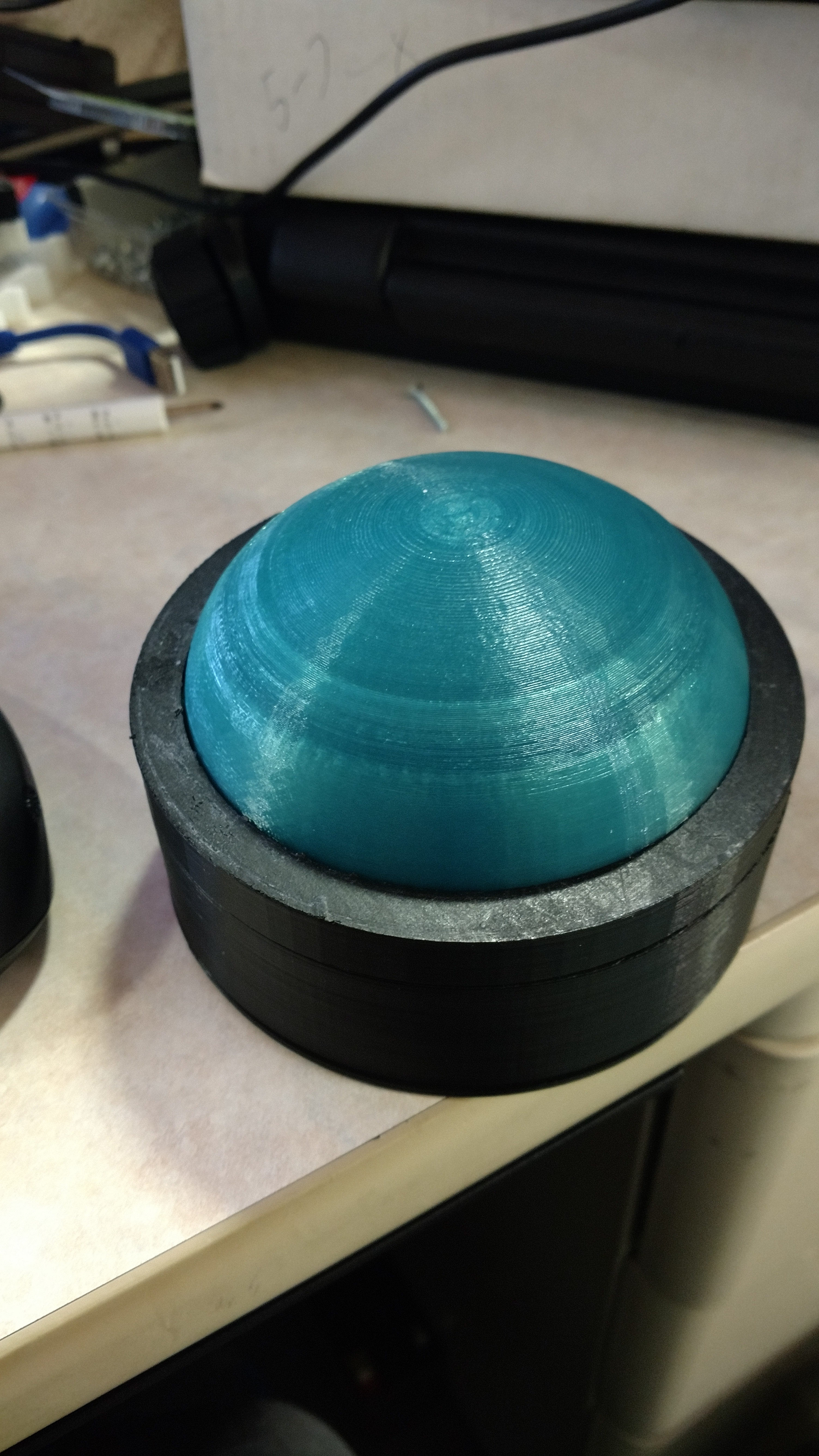
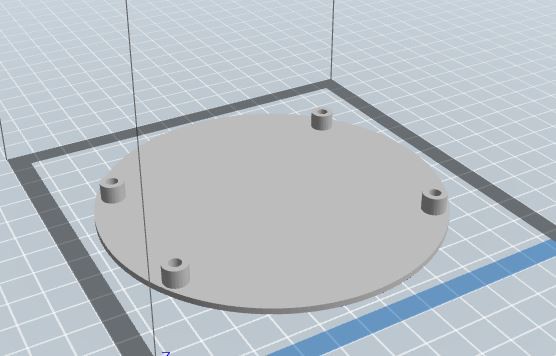
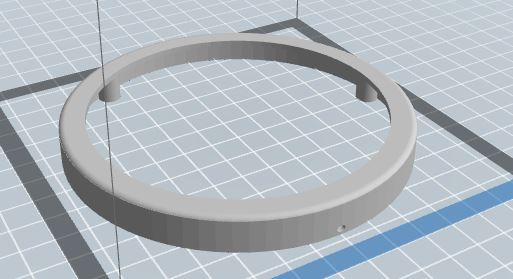
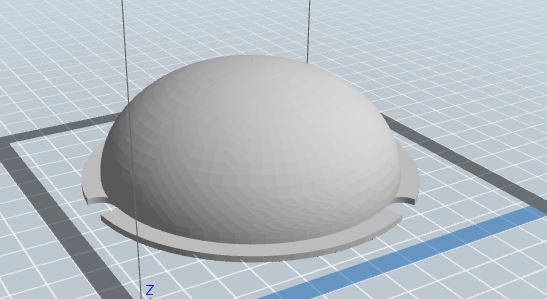
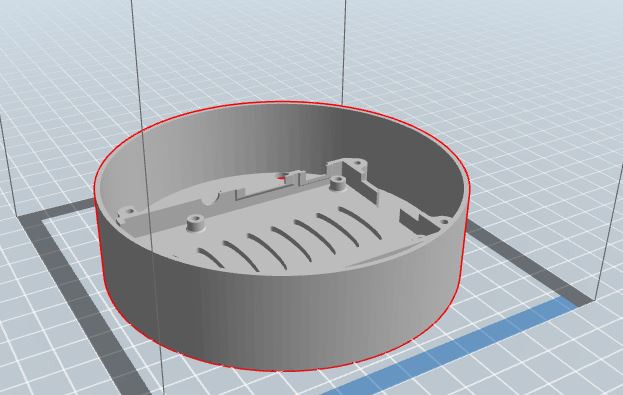
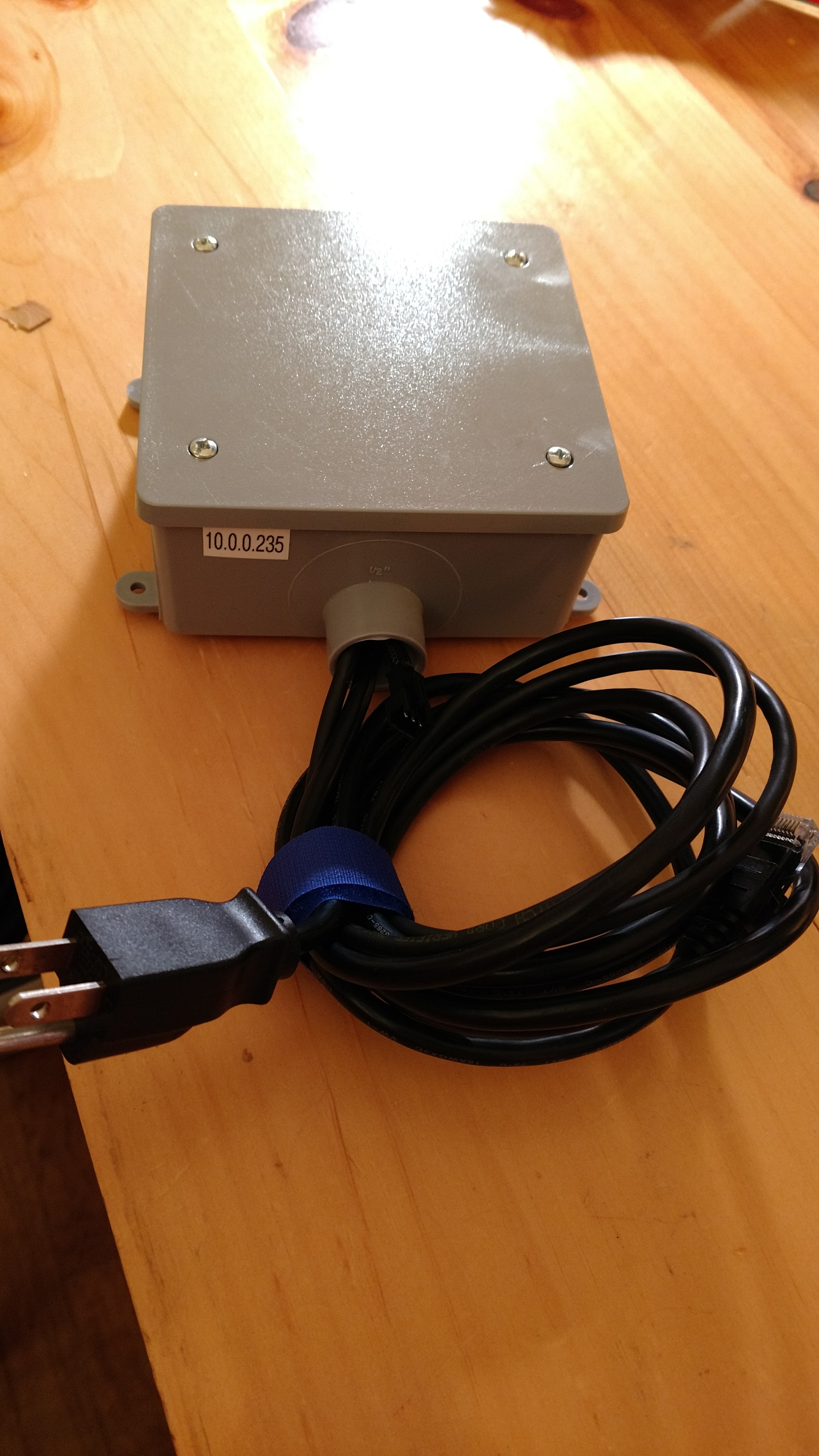

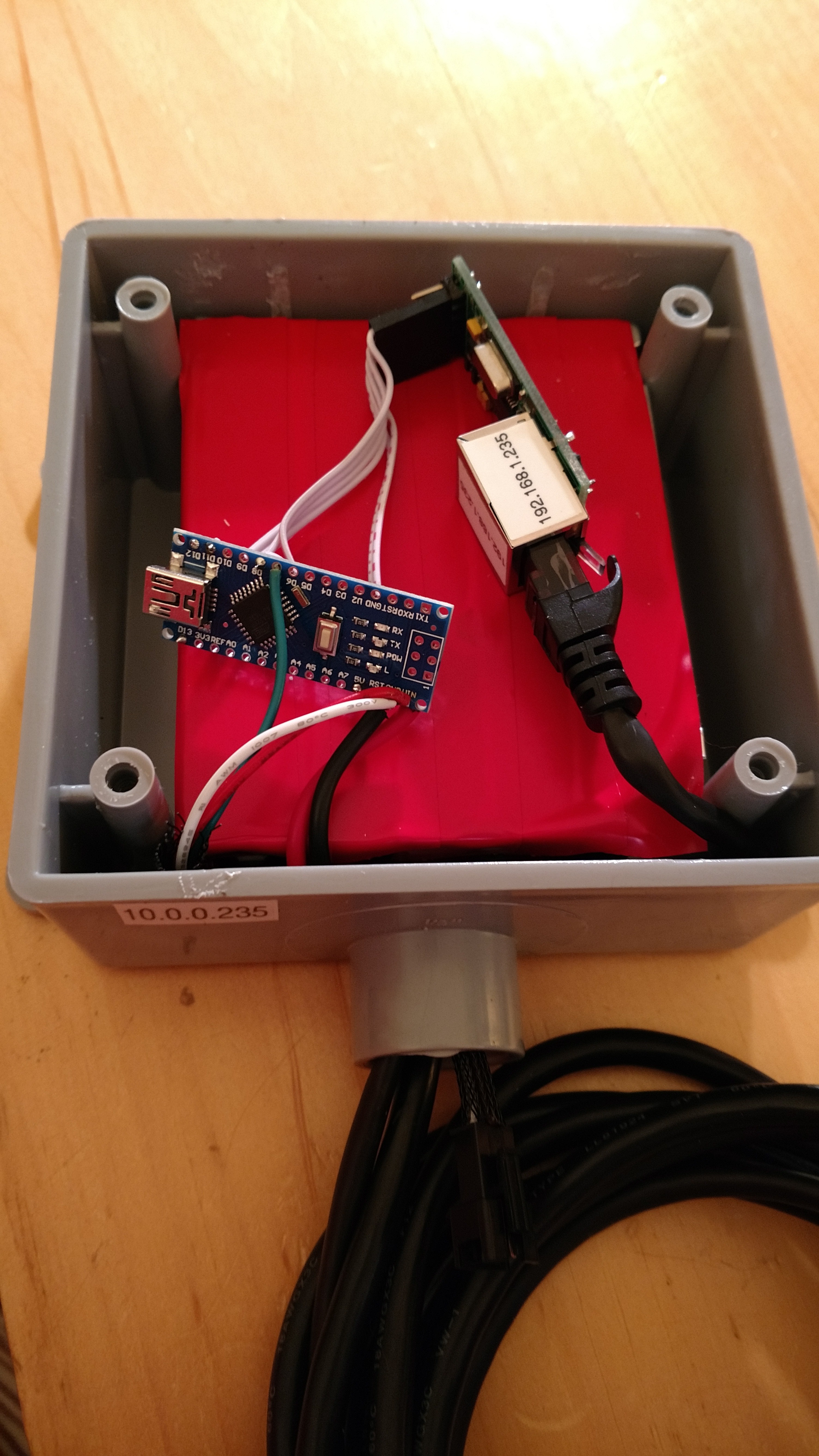

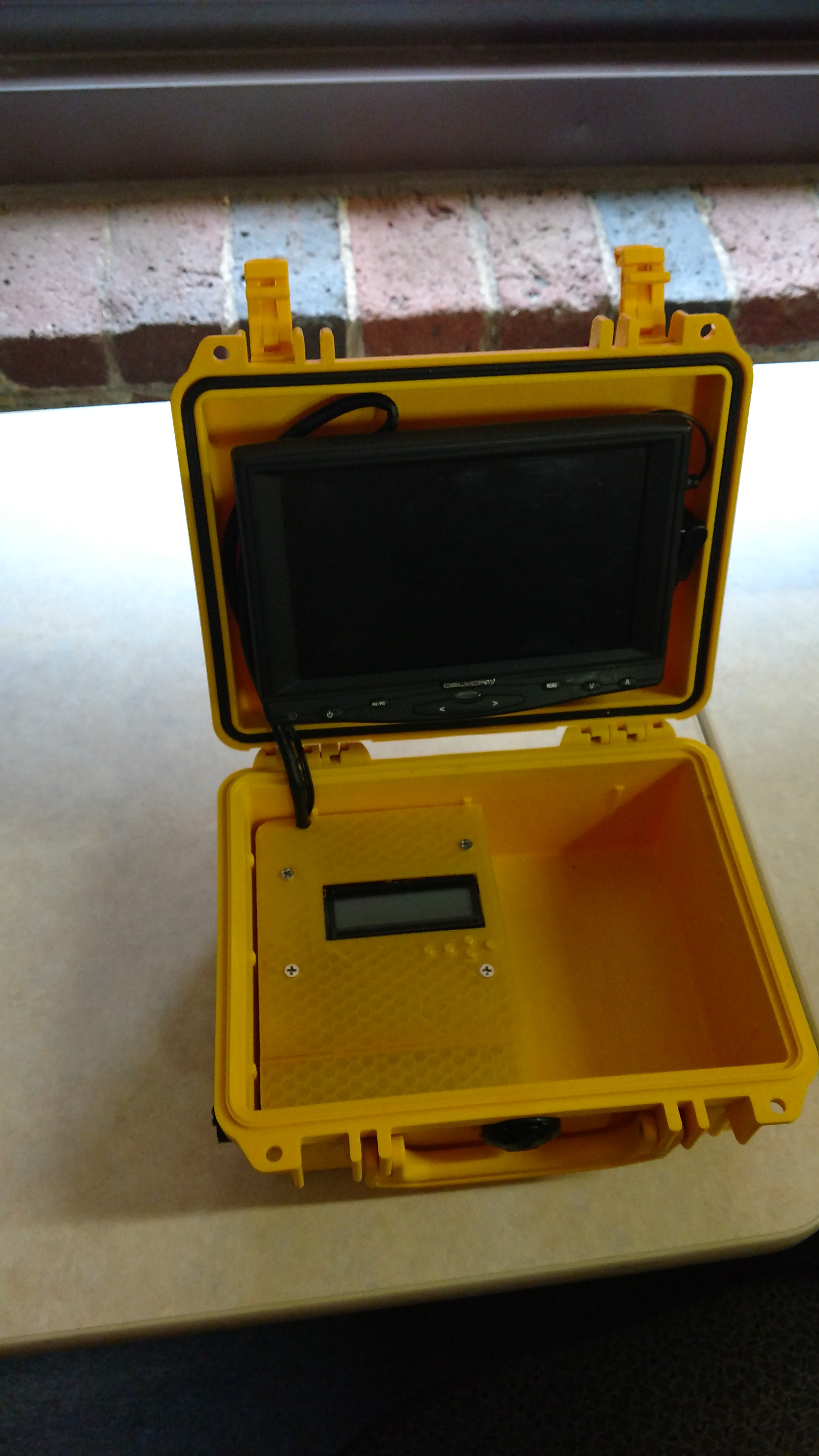
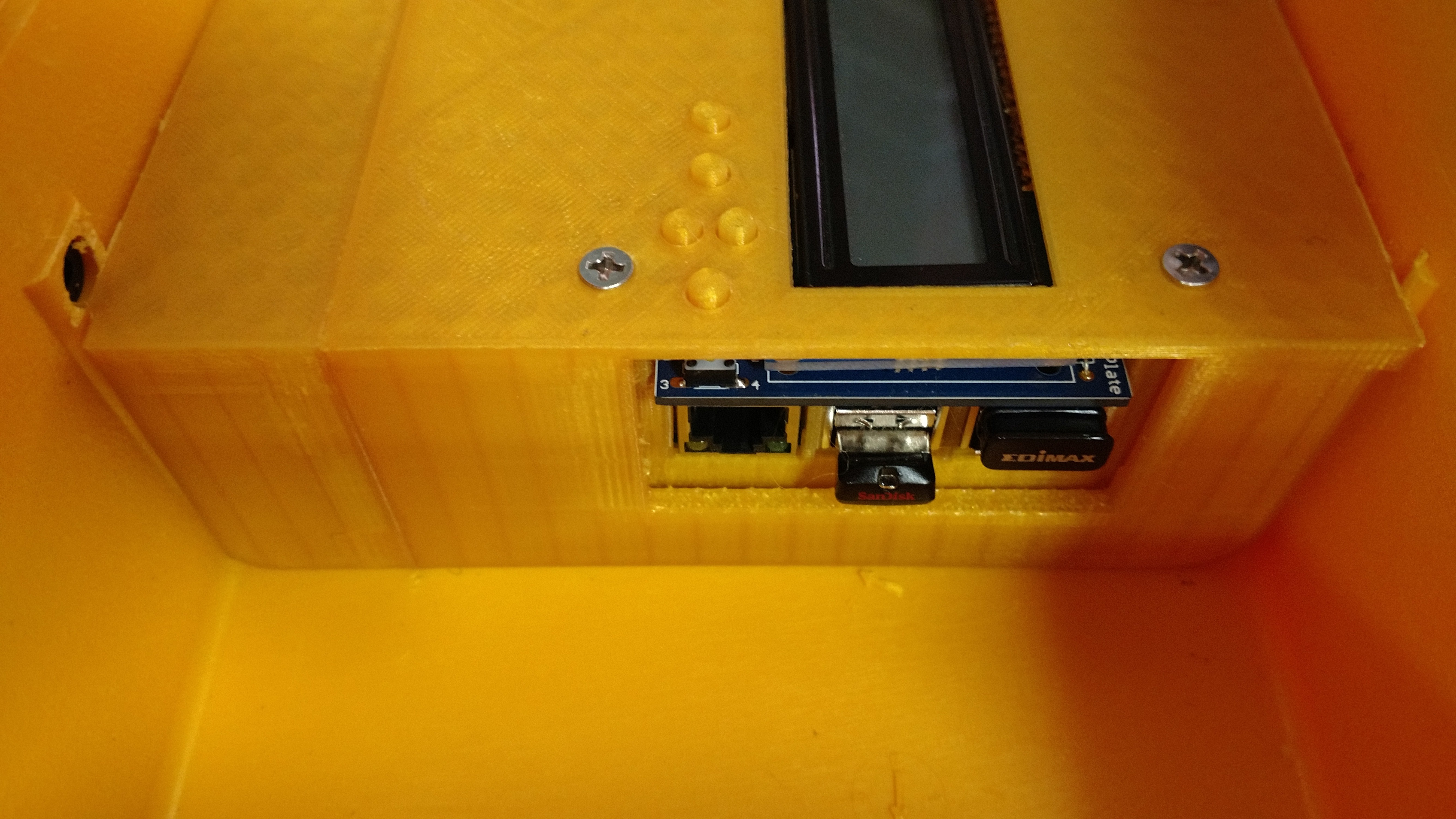
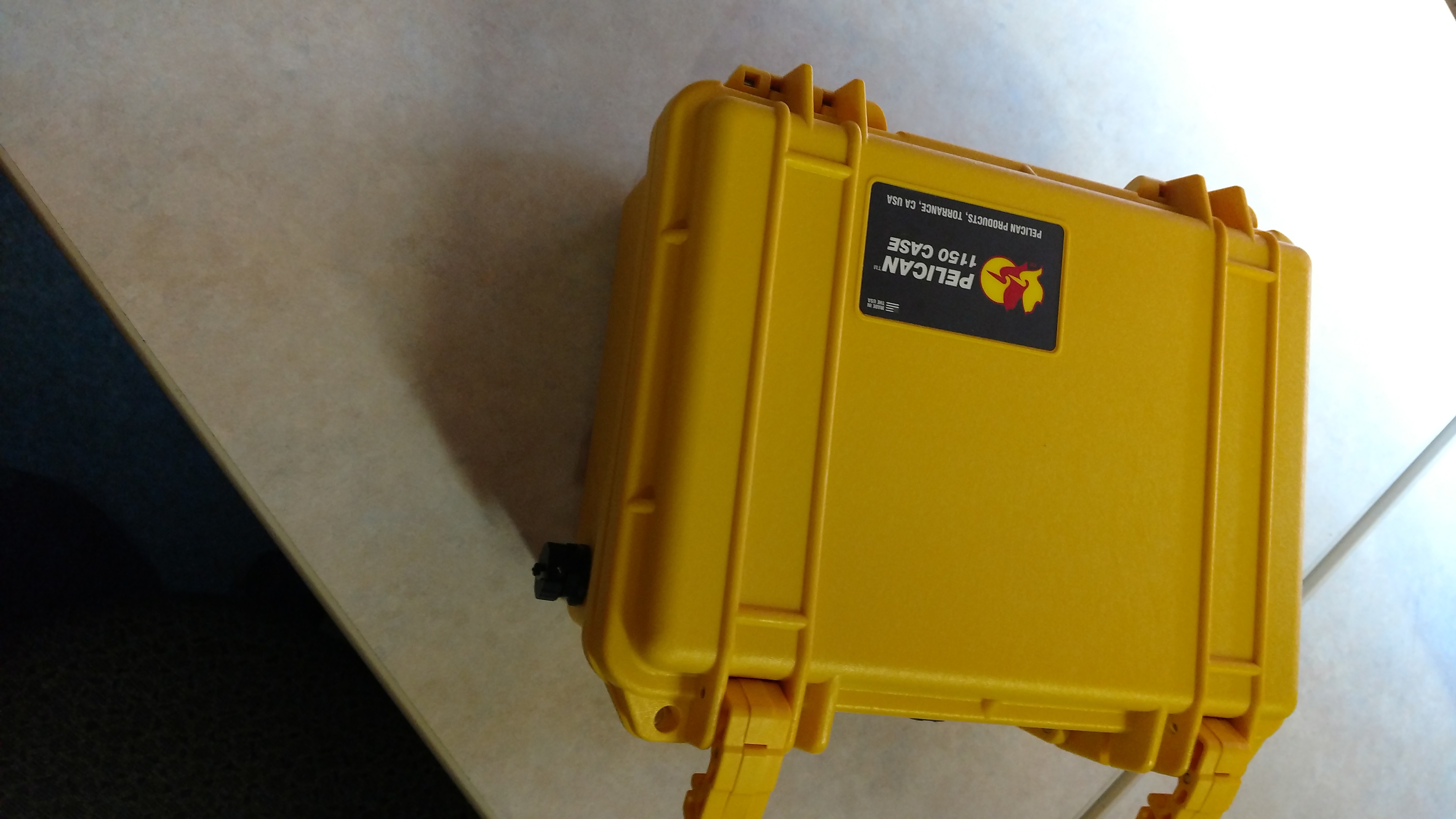
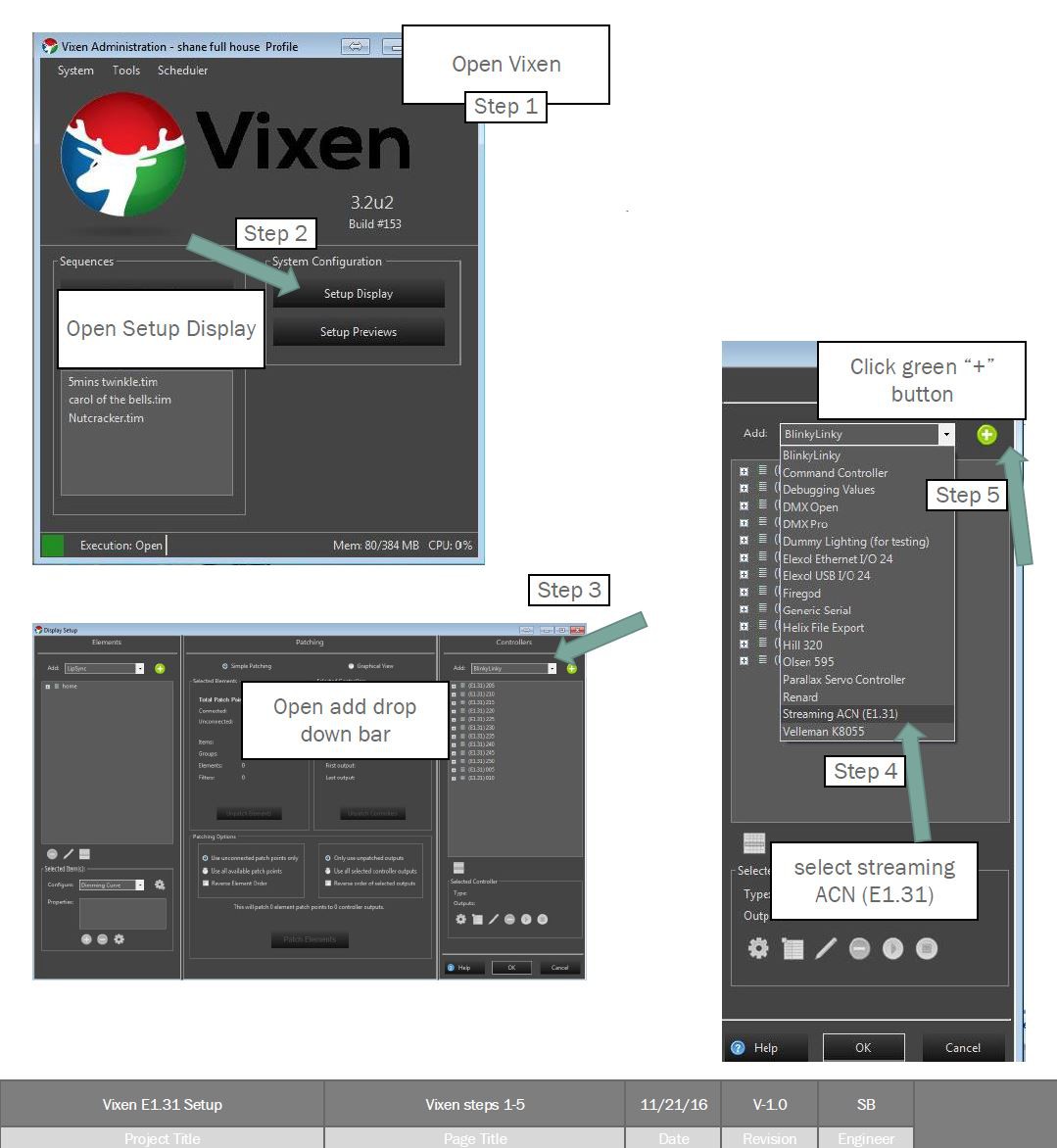
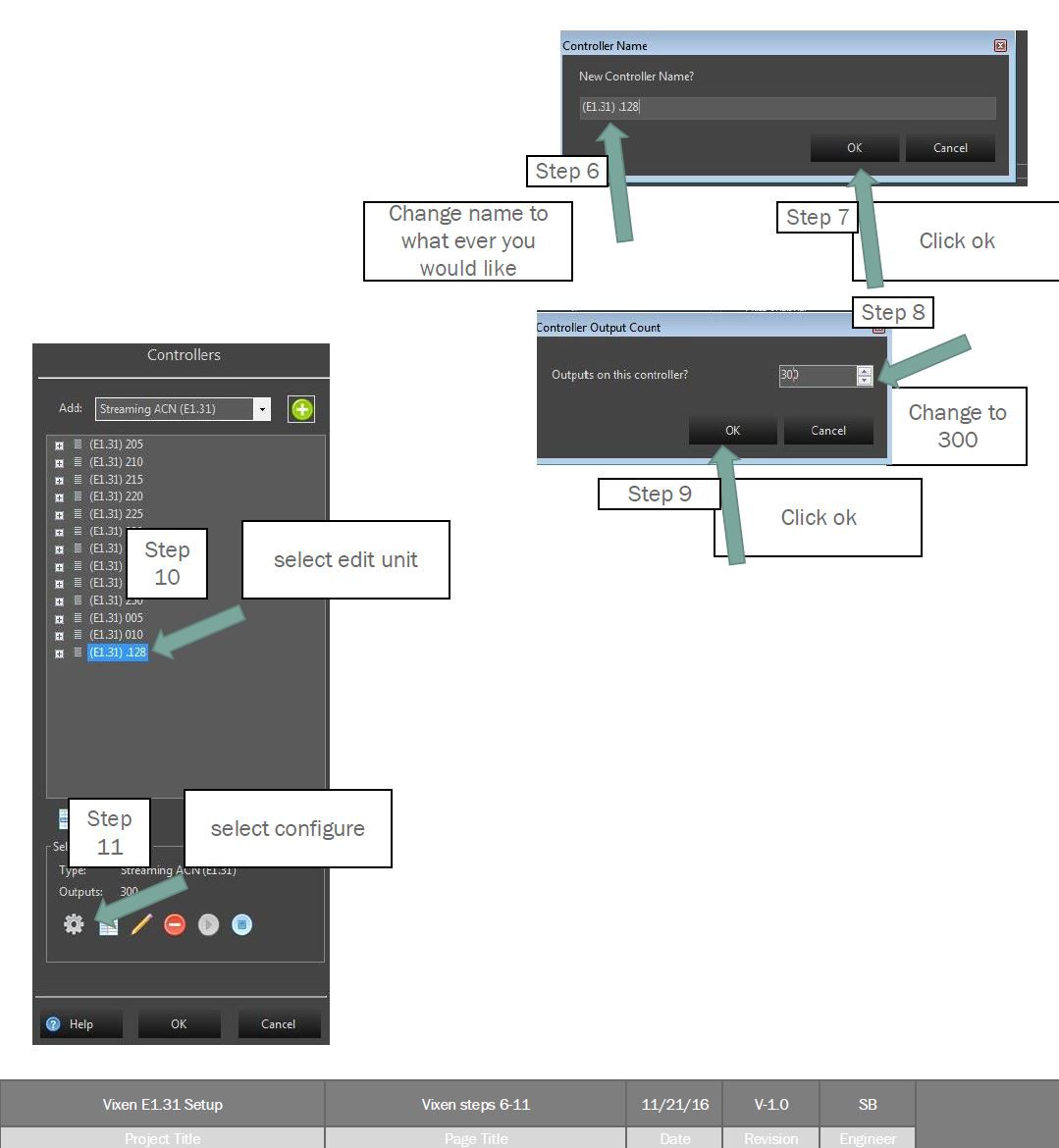
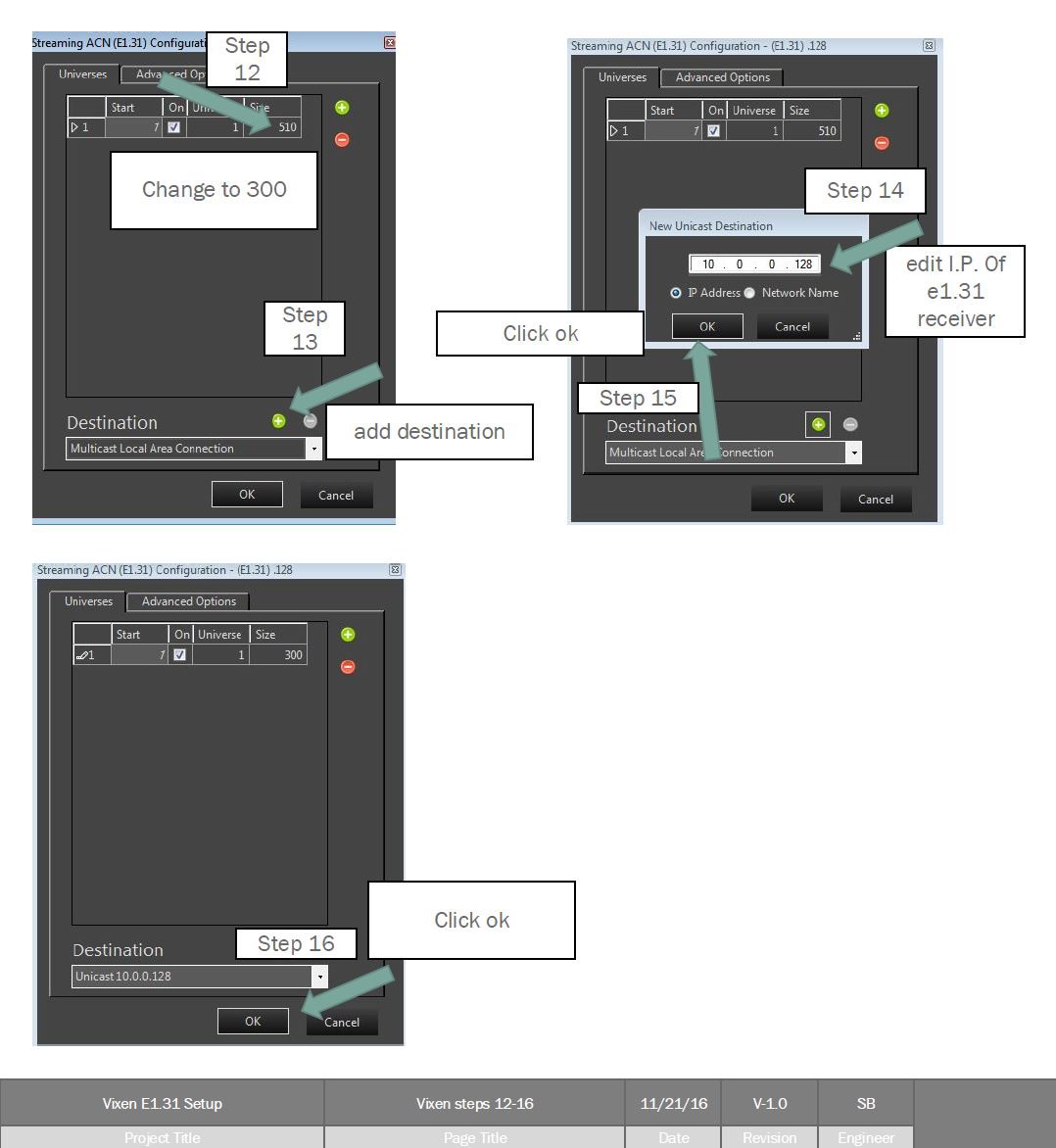
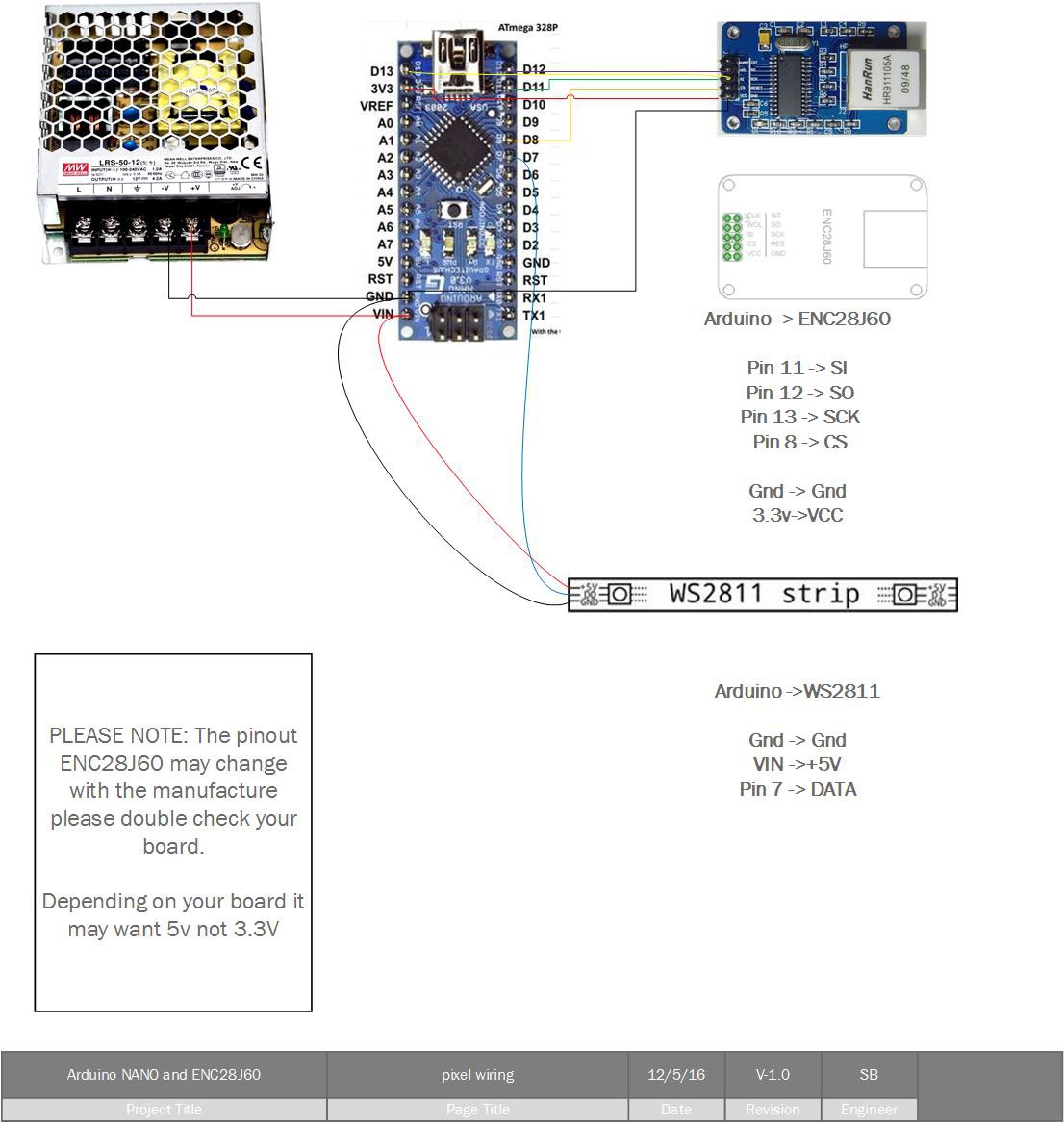




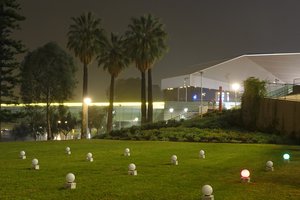
 Robert Hart
Robert Hart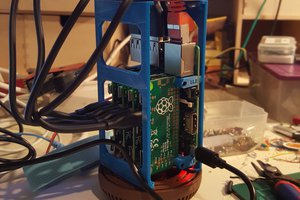
 davedarko
davedarko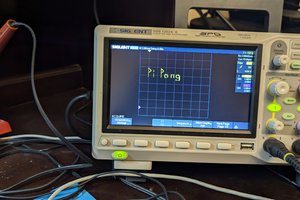
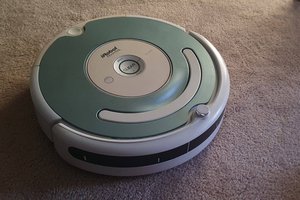
 Podge
Podge
ok, for some reason i cannot get the pixels to light up on the initial boot of my nano, i power it up and nothing occurs with the code you provided, I can ping the nano through the ethernet module, so i know that portion is working, but the boot LED test doesnt do anything. i cannot get the LED's to come on. This is a brand new ws2811 string. I manually changed the code just to force a pixel and that worked, but as the code is laid out from here it doesn't work. I'm at a loss with how to troubleshoot. Am i correct to think as long as the code is loaded from here, it should test the LED's when the nano is booting, regardless of anything else?